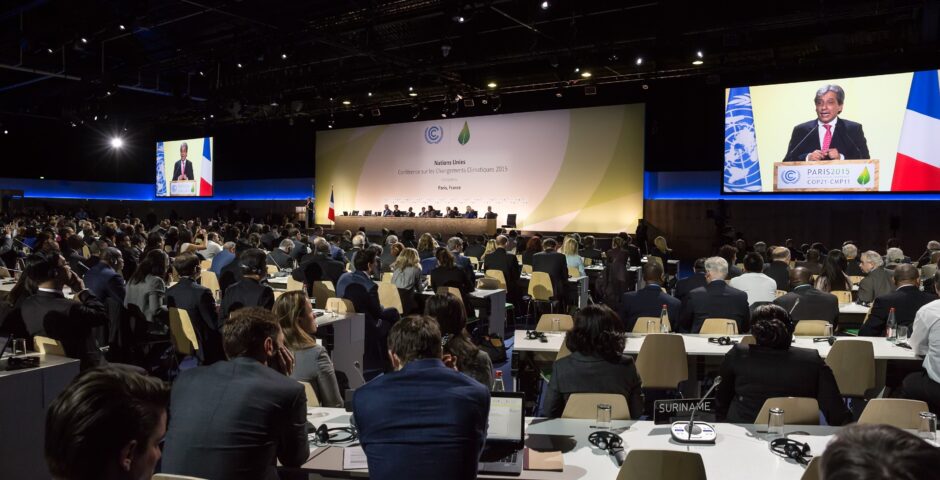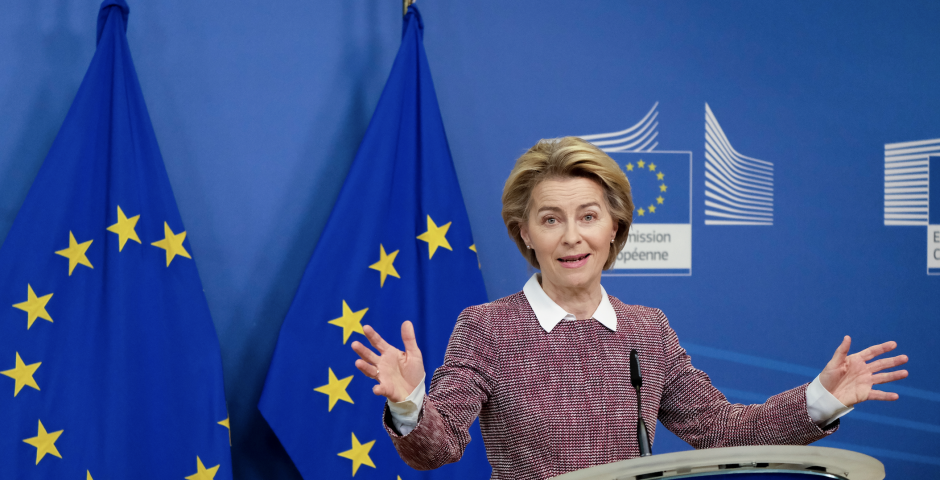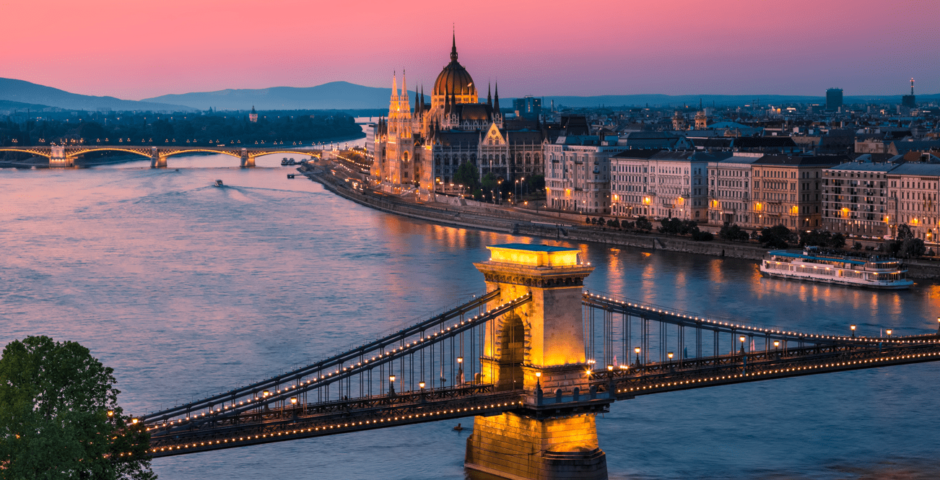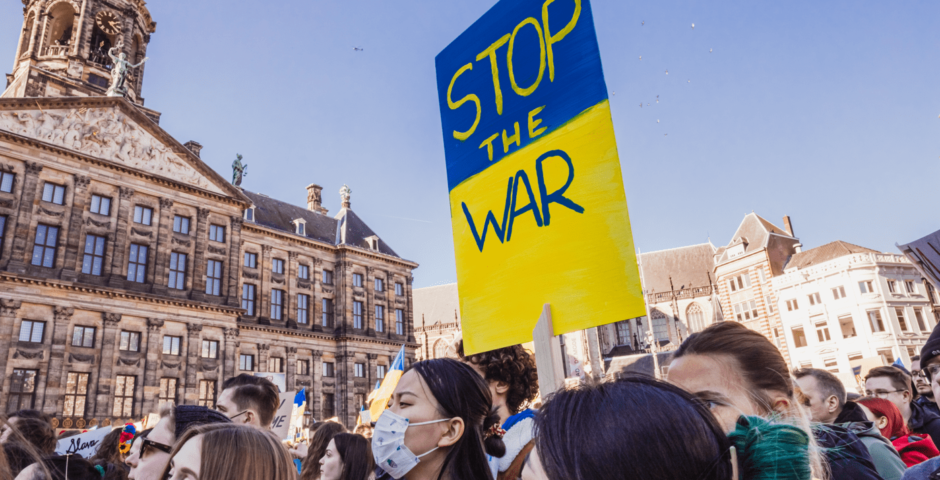The Road to Glasgow

From the periphery to the most important issue of our age
The fight against climate change has been more than 50 years in the making. From the first Earth Day, held on April 22 1970, which ignited the world’s citizens to go out and protest to protect their environment, to the first major international legislation on climate change, commonly agreed as the Montreal Protocol of 1987 which banned the production of substances that damage the ozone layer, such as chlorofluorocarbons (CFCs).
For many years, progress on climate change was made in small increments. Though, as the science has become more pressing, and the dire state regarding our current rate of damage to the planet has become more apparent, the climate movement has been stepped up to high gear. Activist groups all over the world are calling out to governments for stricter legislation on global emissions, climate justice and equity, and many more immediate issues.
From October 31 this year, world leaders, scientists, business executives, activists, and civil society, will be meeting in Glasgow for two weeks of talks and negotiations on new global climate change legislation at the 26th Conference of the Parties. The expectations for this event could not be higher. It will be the destination of a journey that started 29 years ago.
From Rio to Kyoto
In May 1992, in Rio de Janeiro, under the auspices of the United Nations, the most encompassing global climate treaty of its age was signed. Its mission – to combat ‘dangerous human interference with the climate system’. Specifically, the United Nations Framework Convention on Climate Change, as it’s called, or UNFCCC for short, had at its centre the objective to achieve the ‘stabilisation of greenhouse gas concentrations in the atmosphere at a level that would prevent dangerous anthropogenic interference with the climate system.’ The guiding principle for achieving this goal – ‘to protect the climate system for the benefit of present and future generations of humankind, on the basis of equity and in accordance with […] common but differentiated responsibilities and respective capabilities.’
Every year, the 197 parties to the UNFCCC (including 196 countries and the EU itself) meet to assess and discuss the progress on tackling climate change. This ensemble, titled the Conference of the Parties (COP), forms the decision-making body of the UNFCCC.
The Convention itself did not set any binding limits on greenhouse gas emissions for individual countries and contains no enforcement mechanisms to ensure countries meet their commitments. Rather, the treaty acts as a facilitator to more comprehensive agreements, called “Protocols”, to be built upon it. It is these which are the binding commitments that can come out of a COP.
The first agreement came out of COP 3 – held in December 1997 in Kyoto, Japan. The aptly named Kyoto Protocol committed 37 industrialised countries and economies in transition, and the European Community, to reducing greenhouse gas emissions by an average of five percent of the levels in 1990. The “average” here was one of the Protocol’s key features. Whilst parties were required primarily to meet their targets through national measures (i.e., sort out your own country first), the protocol introduced flexible market mechanisms, largely based on emissions permits. The rationale was that it does not matter where emissions are reduced, as long as they are removed from the atmosphere. The flexibility it afforded was also seen as an accelerator for action, as parties would then be encouraged to reduce greenhouse gases where it is most cost-effective. For example, increasing green investment in developing countries – replacing older, dirtier technologies and infrastructure, with new, already developed, and available alternatives – as a way of removing emissions at a fraction of the cost of removing them on home turf.
The Kyoto Protocol is not largely seen as a success story. Whilst introducing innovative new mechanisms to accelerate emission reductions and extensive transparency requirements to track progress, Kyoto was not the daring agreement that it needed to be. Its main weakness is said to lie in not involving developing countries like China, India, and Brazil. Having only focused on developed countries, the Kyoto Protocol exempted 80 per cent of the world from its commitment to reduce greenhouse gas emissions. Those that were bound by the agreement did not necessarily fare much better – by 2005, when the agreement went into force, at least 15 of the then-25 members of the EU had increased their emissions since signing onto Kyoto. By 2016, the EU had only managed half of its Kyoto target on emission reductions.
From steps to leaps
2015, Paris, COP21. Heralded as a landmark in the international fight against climate change, the 21st Conference of the Parties resulted in a legally binding international treaty that set out new, far bolder, and more extensive, commitments than any that had gone before. With the ratification of the agreement by Turkey last week, on October 6th, the Paris Agreement is now binding on 191 states and the EU, covering 98% of global greenhouse gas emissions.
Learning a lesson from Kyoto, the Paris agreement was more widely applicable. It still considers the difference in responsibility and capability of developed vs emerging countries, though does not hand out exemptions. Each party is required to present their own emissions-reduction pledges and set targets, known as nationally determined contributions. Combined, these national contributions must be sufficient to prevent the global average temperature from rising 2°C above pre-industrial levels and pursue efforts to keep it below 1.5°C. Additionally, the agreement sets out to reach global net-zero emissions, where the amount of greenhouse gases emitted is equal to or less than the amount removed from the atmosphere, by the second half of the century. In pursuit of these goals, the agreement introduced new provisions for financial, technological, and capacity-building support to those countries who need it – reaffirming the responsibility of developed nations to contribute more.
The Paris agreement has been celebrated for normalising the concept of net-zero emissions, particularly in the business world. Companies having zero emissions targets are now far more commonplace. It has also been fundamental in accustoming world leaders to the idea that the temperature increase must be limited to 1.5°C – something that seemed too restrictive at the time of signing. Furthermore, a shift in favour of clean energy can also be largely attributed to the agreement, as it assured potential investors that green energy is a safe and worthwhile way to go. According to the International Energy Agency, approximately 90% of the new energy generation capacity installed around the world in the last year is renewable.
The Paris agreement has been crucial in bringing the world’s perspective on matters of climate change up to speed and in driving the shift to a far more sustainable way of living. It is however not entirely a success story.
From progressive to “blah, blah, … blah”
Despite the upgrades and new targets, a fundamental problem persists with the Paris Agreement – countries aren’t doing enough. There is widespread failure between the parties to meet their own national pledges. The agreement lacks an enforcement mechanism and with (almost) all countries dragging behind, nobody’s there to point fingers and hold each other accountable. What’s more pressing, even if countries met their current commitments under the Paris agreement, a 2021 analysis by the UNFCCC estimates that the rise in temperatures would still exceed 2.0°C by the end of the century. At current efforts, worst-case scenarios predict temperature rises of up to 12°C before the century’s end.
In a speech at the first event in the run-up to COP26, Greta Thunberg, one of the leading figures in climate activism, took to directly expressing the current situation.
‘This is not about some expensive politically correct dream of bunny hugging, or build back better, blah blah blah […]’. Ms Thunberg continued, ‘[…] all we hear from our so-called leaders: words, words that sound great but so far have led to no action, our hopes and dreams drowned in their empty words and promises.’
From then till now
Many have already noted the special timing of this event – possibly the last chance to change our course before the climate damage becomes irreversible. After a summer of wildfires and floods, it is evident that the climate crisis is no longer a fear reserved for the future, but something with us already today.
Looking back on the 25 COPs that have preceded, there is a divided legacy. As the climate crisis accelerates, what were once acclaimed as successes are being viewed through new eyes as having lacked in force and conviction. From 29 years and the lessons to be learnt – all eyes will be on the strength of nationally determined contributions, on the effectiveness of enforcement mechanisms, on the boldness of new goals and the strictness of limits. It is evident that COP26 needs to be something new entirely.
George is a graduate of the LL.M in European and International Law at the University of Amsterdam and a European Studies alumnus. He has a keen interest in EU Policy and Regulation, particularly in Competition, Sustainability, Risk Regulation, and Foreign Affairs.
Image: Shutterstock




